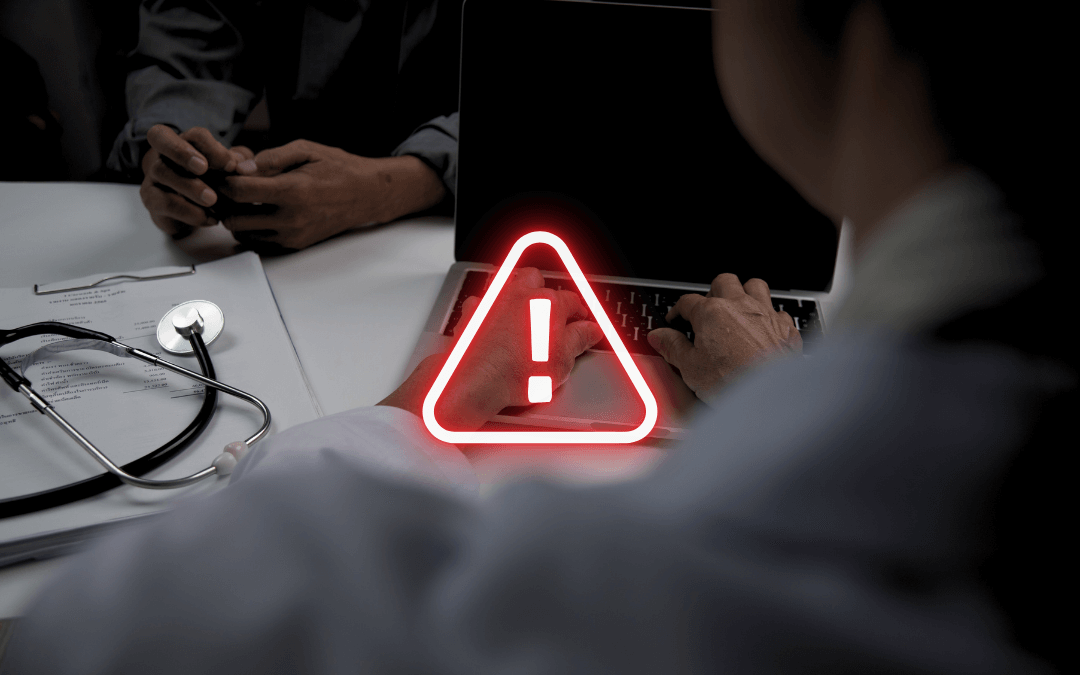McLaren Health Care, a Michigan-based healthcare provider, disclosed a medical data breach impacting 743,000 patients, originating from a July 2024 cyberattack on its Karmanos Cancer Institute, detected on August 5, 2024. The INC ransomware gang, responsible for the attack, exposed patients’ full names and other sensitive data, leaking samples online in October 2023 to pressure McLaren into paying a ransom. This marks McLaren’s second major medical data breach in two years, following a July 2023 attack by the ALPHV/BlackCat ransomware group. McLaren is notifying affected individuals, offering 12 months of free credit monitoring, and reports no evidence of data misuse. This incident highlights the persistent cybersecurity vulnerabilities in healthcare, with ransomware attacks posing significant risks to patient data and operational continuity.
Strategies to Prevent Medical Data Breaches and Ransomware Attacks
To prevent incidents like the McLaren Health Care medical data breach, medical institutions must adopt proactive, multi-layered cybersecurity strategies. Based on current industry insights, here are key measures to enhance protection against medical data breaches and ransomware attacks:
- Implement Robust Cybersecurity Frameworks:
- Adopt zero-trust architecture, assuming no user or device is inherently trustworthy, requiring continuous verification for access. This minimizes risks from compromised credentials or insider threats.
- Use multi-factor authentication (MFA) across all systems to add an extra layer of security, making it harder for attackers to exploit stolen passwords.
- Conduct regular penetration testing and vulnerability assessments to identify and patch weaknesses in networks, systems, and medical devices.
- Enhance Staff Training and Awareness:
- Provide ongoing anti-phishing training to help employees recognize malicious emails, a common entry point for ransomware.
- Foster a culture of cybersecurity awareness, ensuring staff understand the consequences of unsafe practices, such as using unsecured devices or clicking suspicious links.
- Secure Medical Devices and IoT:
- Segment Internet of Medical Things (IoMT) devices on separate networks to limit their exposure to broader systems.
- Regularly update and patch medical devices, as outdated software (e.g., older Windows versions) is a frequent target for malware.
- Strengthen Third-Party Vendor Security:
- Enforce HIPAA-compliant business associate agreements (BAAs) with vendors to ensure they maintain robust security standards.
- Implement third-party attack surface monitoring to detect vulnerabilities in vendor systems, as seen in breaches like Change Healthcare’s.
- Develop and Test Incident Response Plans:
- Create a comprehensive cyber incident response plan that includes rapid isolation of affected systems, as demonstrated by Lurie Children’s Hospital’s proactive shutdown during a ransomware attack.
- Conduct regular simulations and tabletop exercises to ensure staff are prepared to respond quickly and effectively.
- Encrypt and Limit Data Retention:
- Encrypt all electronic protected health information (ePHI) to render stolen data unusable without decryption keys.
- Establish data retention policies to securely dispose of unnecessary records, reducing the volume of sensitive data at risk.
- Leverage Advanced Threat Detection:
- Deploy automated security validation tools to continuously monitor for ransomware and other threats, enabling early detection and response.
- Use endpoint detection and response (EDR) solutions to identify and halt malware propagation before it encrypts data.
- Avoid Paying Ransoms:
- Refrain from paying ransoms, as compliance does not guarantee data recovery and fuels further attacks. Instead, rely on regular backups stored offline to restore systems without capitulating to demands.
These measures address the vulnerabilities exploited in attacks like McLaren’s, such as phishing, unpatched systems, and third-party risks. By prioritizing cybersecurity investments and fostering a proactive security culture, medical institutions can significantly reduce their exposure to medical data breaches and ransomware, protecting patient trust and operational resilience.
Don’t let a medical data breach compromise your patients’ trust or your organization’s operations. Concerned about your data security? Let’s talk about securing your environment and minimizing your cyber risk. Click here for a free cybersecurity consultation. Subscribe to our blog for the latest cybersecurity updates and stay ahead of emerging threats. Get in touch now!

